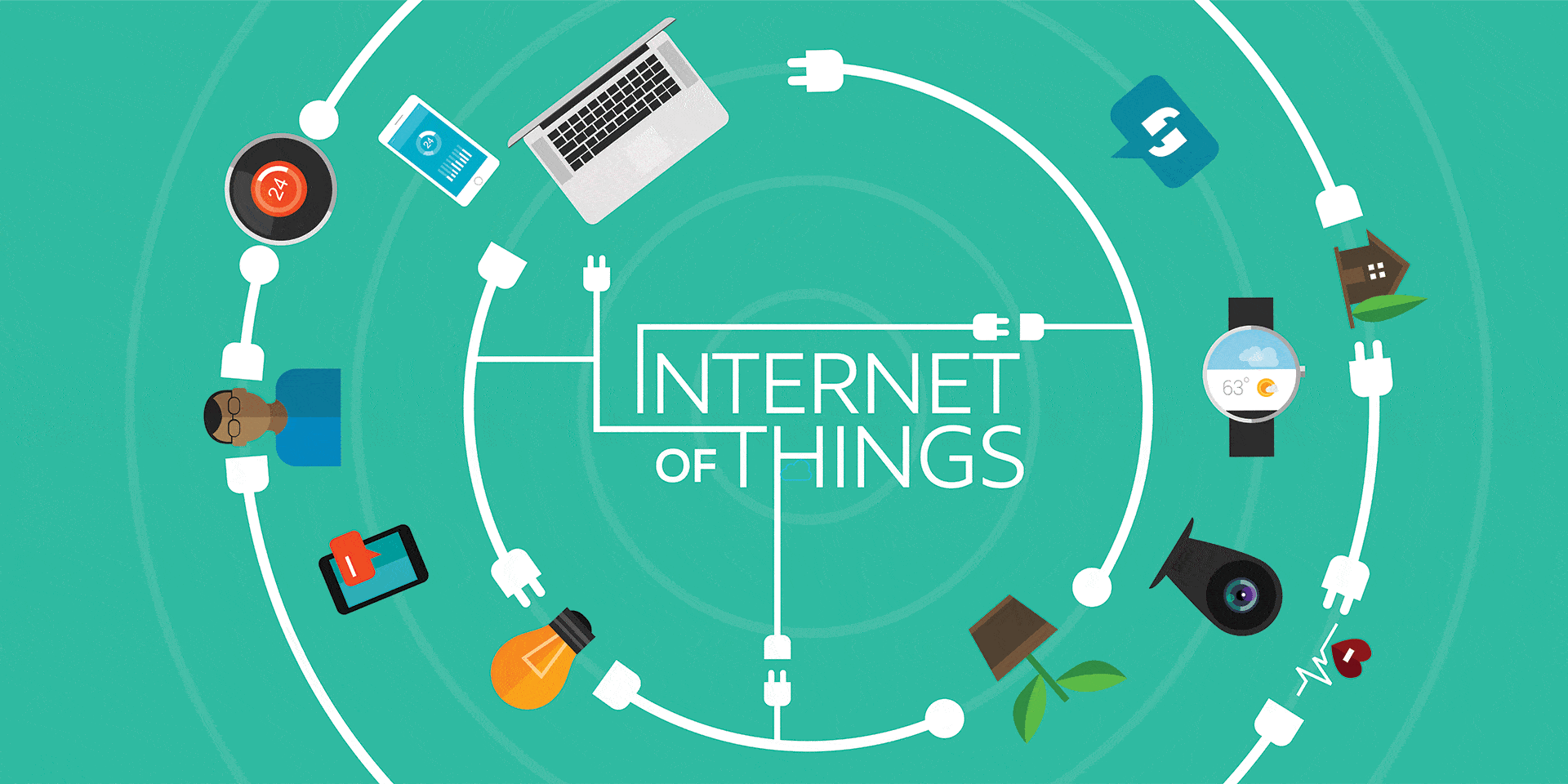Authentication isn’t an unfamiliar aspect in everyday life. Driver’s licenses, library cards, and PIN numbers are all forms of identity authentication. However, as computers have become a cornerstone of everyday life, the most commonly-used way to confirm one’s identity has almost assuredly become the username/password login combination. Today, we’ll take a deeper dive into what authentication is.
How Authentication Differs from Authorization
As we briefly mentioned above, authentication is simply the process of confirming that yes, someone is in fact who they claim to be. While the two are often correlated, this process is different than that of authorization, which is the process of using that confirmed identity to grant access to information or materials. This access is the real difference between the two, yet without authentication, access cannot be authorized.
How Authentication Works
When a user provides their credentials, they are compared to the credentials that are already in a database. If these credentials match, the user is then given the authorization that their identity has been assigned.
Two-Factor Authentication
In the interest of boosting security, many organizations have implemented two-factor authentication, often referred to by the shorthand 2FA. 2FA incorporates an additional factor into the authentication process beyond the typical username and password.
This process commonly involves an additional code being provided to the user via email or text message when they attempt to access the account protected by 2FA. This one-time code is required for them to get in, meaning that someone attempting to access an account also needs access to the user’s email or phone in order to successfully do so. This is why 2FA has been so widely adopted by security-minded businesses.
If you’re interested in adding another layer of protection to the business accounts that you and your users leverage, reach out by calling (877) 771-2384.
WheelHouse IT has the experience needed to improve your security through two-factor authentication and many other means.











